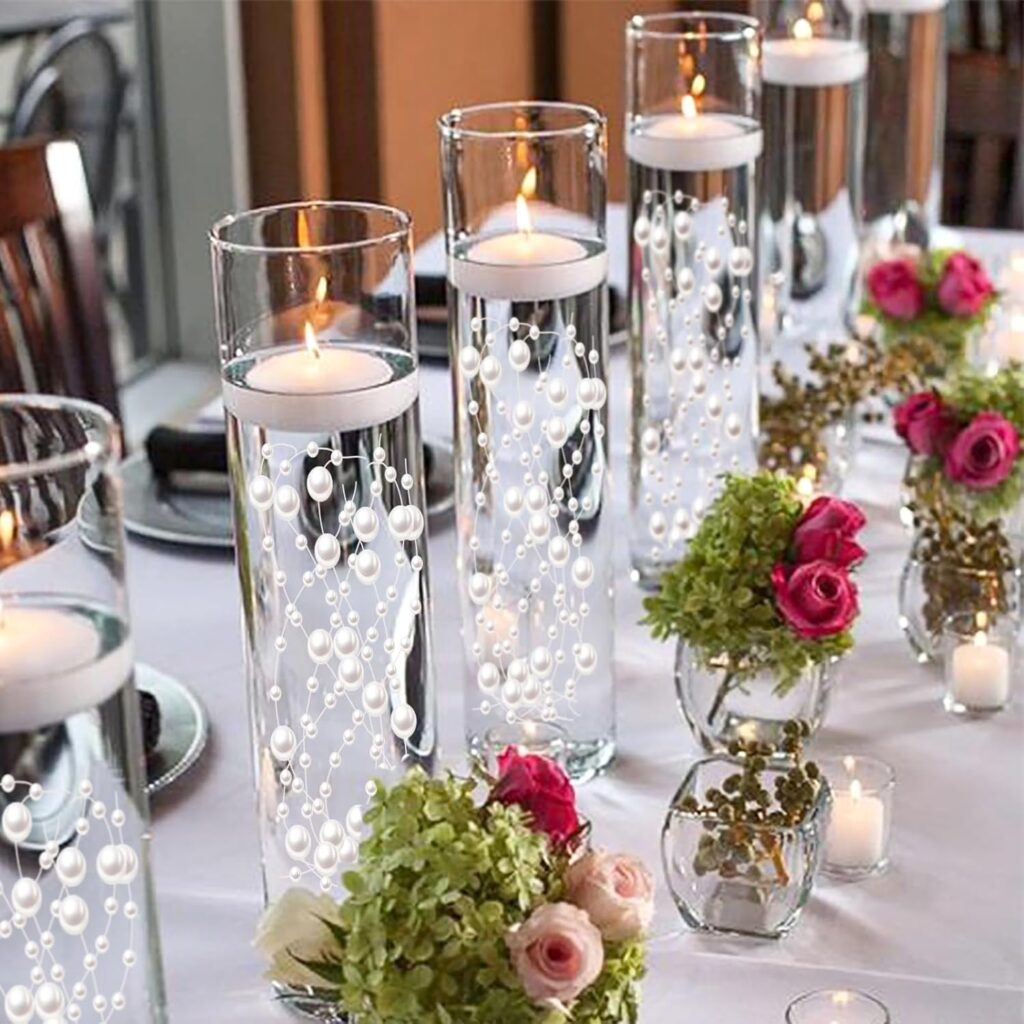If you’ve ever battled stubborn pests, yellowing leaves, or wilting plants, you know that gardening isn’t always smooth sailing.
The good news? Many of the most effective solutions don’t come from a store—they come from your own kitchen, pantry, or garden itself.
Garden remedies are simple, natural fixes that help your plants thrive without relying on harsh chemicals.
Whether you’re growing vegetables, herbs, or flowers, these DIY remedies can save your plants (and your wallet).
Let’s explore some tried-and-true solutions you can start using today.
1. Neem Oil Spray for Pest Control
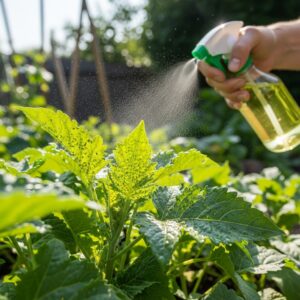
Aphids, spider mites, and whiteflies can wreak havoc on your plants. Instead of reaching for chemical pesticides, try neem oil—a natural extract from the neem tree.
How to use:
-
Mix 2 teaspoons of neem oil with 1 teaspoon of mild liquid soap in a liter of water.
-
Pour into a spray bottle and apply directly to affected leaves.
Neem oil works by disrupting insect feeding and reproduction, making it one of the best organic pest remedies.
2. Coffee Grounds as Fertilizer

Don’t throw away your used coffee grounds! They’re rich in nitrogen, which plants like tomatoes, roses, and blueberries absolutely love.
How to use:
-
Sprinkle dried coffee grounds around the base of your plants.
-
Mix into the soil to improve texture and boost fertility.
Bonus: Coffee grounds also help deter slugs and snails.
3. Baking Soda Spray for Fungal Diseases
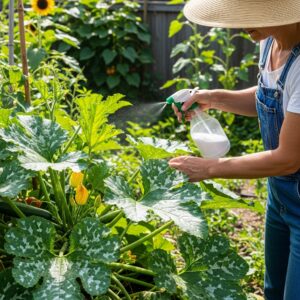
Powdery mildew and black spot can quickly spread in your garden. Luckily, baking soda offers a quick and natural solution.
How to use:
-
Mix 1 tablespoon of baking soda, 1 teaspoon of liquid soap, and 1 gallon of water.
-
Spray onto affected plants once a week.
This remedy helps reduce fungal growth while being safe for edible plants.
4. Banana Peel Fertilizer for Roses & Tomatoes
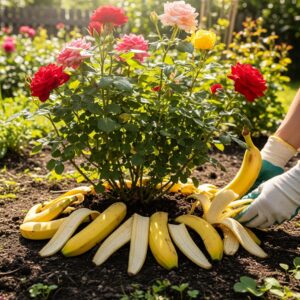
Banana peels are loaded with potassium and phosphorus—nutrients that boost flowering and fruiting.
How to use:
-
Chop up fresh banana peels and bury them a few inches deep near the base of your plants.
-
Alternatively, soak peels in water for 2–3 days and use the liquid as a natural fertilizer tea.
This remedy promotes strong root growth and bigger blooms.
5. Garlic Spray for Insect Repellent
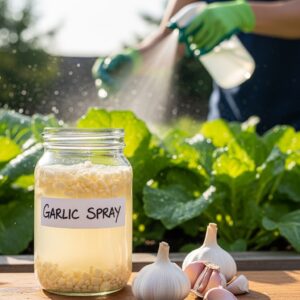
Garlic isn’t just for your kitchen—it’s also a powerful insect repellent for your garden.
How to use:
-
Blend 2 bulbs of garlic with 1 liter of water.
-
Strain, add a few drops of liquid soap, and spray on plant leaves.
The strong smell keeps aphids, caterpillars, and even deer away from your plants.
6. Epsom Salt for Greener Leaves

If your plants look yellow or dull, they may be lacking magnesium. Epsom salt is an easy fix.
How to use:
-
Dissolve 1 tablespoon of Epsom salt in 1 gallon of water.
-
Spray onto leaves or pour around the base of plants like peppers, roses, and cucumbers.
This boosts chlorophyll production and encourages lush, green growth.
7. Eggshells for Calcium Boost
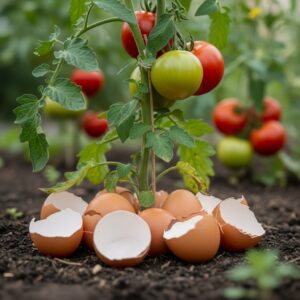
A calcium deficiency often causes blossom end rot in tomatoes and peppers. Eggshells provide a natural solution.
How to use:
-
Crush clean, dry eggshells into fine pieces.
-
Work them into the soil near calcium-loving plants.
Over time, they release calcium, strengthening cell walls and preventing rot.
Read More: Garden Layout Ideas for a Thriving Vegetable Garden
Final Thoughts
Gardening doesn’t have to mean spending a fortune on chemical solutions.
With these garden remedies, you can treat common plant problems naturally, keep your soil healthy, and grow a thriving, chemical-free garden.
Additionally, many of these solutions recycle everyday kitchen waste, making your garden more sustainable.
🌱 Which of these remedies are you excited to try first? Share your favorite garden hacks in the comments below.

